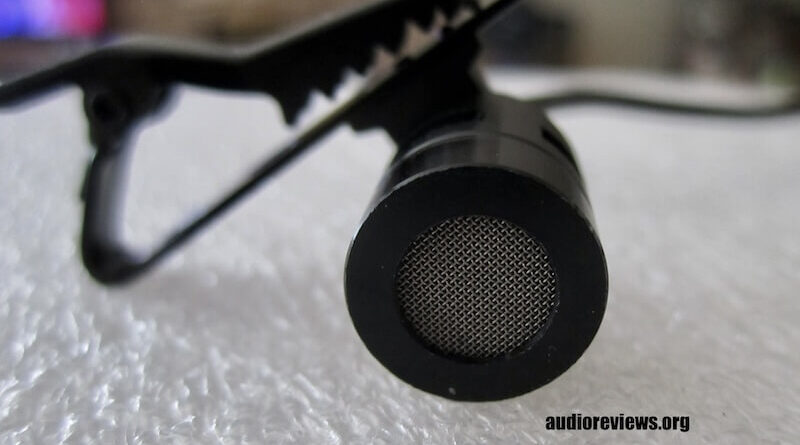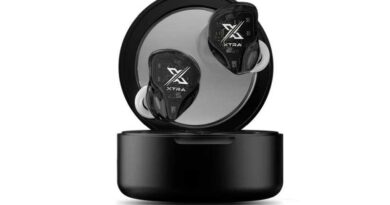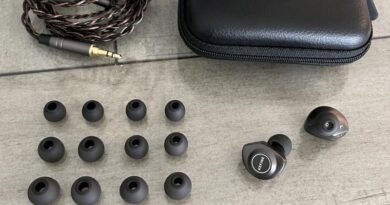USB Computer Fifine Lavalier K053 Microphone Review – Easy
The $18 Fifine Lavalier K053 is a versatile and decent sounding USB plug-and-play computer microphone that works with Windows/Mac/Linux…I even got it to work with my iPhone. While not as filigrane as (much) more expensive models, it does more than justice to Skype calls, dictations, or video conferencing.
PROS
- OK sound
- Contains soundcard for Plug-and-Play
- Works with Windows/Mac/Linux and Android/iOS devices
- Also works with iOS devices (lightning adapter required)
- Contains headphone jack for monitoring
- Good value
CONS
- Does not break any record
- Soundcard enclosure somewhat flimsy
In this Article
Bought this myself. We don’t make money from this review.
Introduction
Fifine are a company out of Shenzhen that have specialized in microphones since 2009. I was recently solicited to review their monstrous Tank3 [review following], one of countless models…whilst remembering that I have had their only Lavalier microphone, the K053, in my collection for a couple of years.
I had purchased it for video conferencing during the covid19 pandemic because of its ease of use. Most Lapel Lavalier microphones come with a TRS or TRRS plug (I have tons of those, too), which always causes confusion how to get these to work with my computer.
You may be better in that respect.
The Fifine Lavalier has its own soundcard (which contains an analog-to-digital converter) that connects per USB-A to any kind of computer (Windows/Mac/Linux). With the respective adapters (not included), you can also connect it to a USB-C port or an iPhone.
Simple plug-and-play, no thinking or fiddling required. Your computer will automatically recognize it.
The K053 is a condenser microphone with a cardiod pattern. What that means?
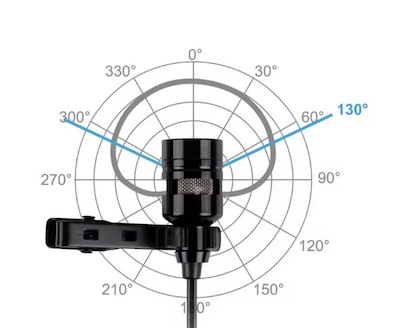
The polar patterns relate to the microphone’s field sensitivity, that it the direction from which is accepts incoming sound. These standard dynamic mics with the round head used by rock stars on stage are omnidirectional.
The K053 has a cardioid polar pattern (the most common kind), meaning, it is directional: it is most sensitive when you talk/sing into the front, less sensitive on the sides, and zero sensitive when you come from the back.
When you plot this in a polar pattern diagram, it yields a hear-shaped pattern, hence the name. Polar patterns make most sense when working in noisy settings and you don’t want to pickup ambient noise.
Condenser microphones are the more sensitive kind compared to dynamic and ribbon microphones. They therefore pick up more detail than the other kinds, which comes in handy when the mic is small. They are best used in controlled environments but not in noisy rooms.
Specifications Fifine Lavalier K053
Type: Condenser Polar Pattern: Cardioid Sensitivity: -38±3 dB Signal to Noise Ratio: ≥56 dB Output Impedance: ≤680 Ω Frequency Range: 50 Hz -16 kHz Operation Voltage: 5 V Min Operation Voltage: 1.0 V Current Consumption: ≤0.5 mA Output Connection: USB type-A Headphone Monitoring Jack: 3.5 mm Compatibility: Windows/Mac/Linux Cable Length: 2 m Tested at: $18 Product Page: Fifinemicrophone.com |
Physical Things and Usability
In the box are the mic, a foam windscreen, and a sturdy clip. The mic’s build is good, the enclosure of the soundcard is somewhat flimsy. There is no battery inside, mic and soundcard are fuelled by the computer.
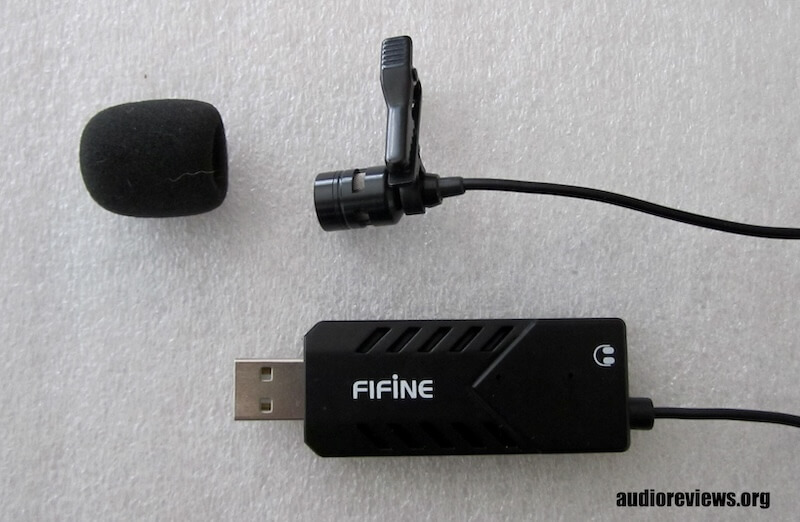
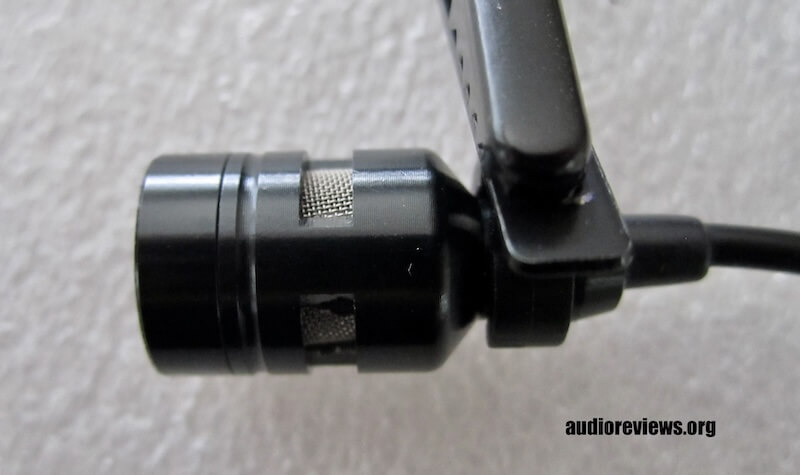
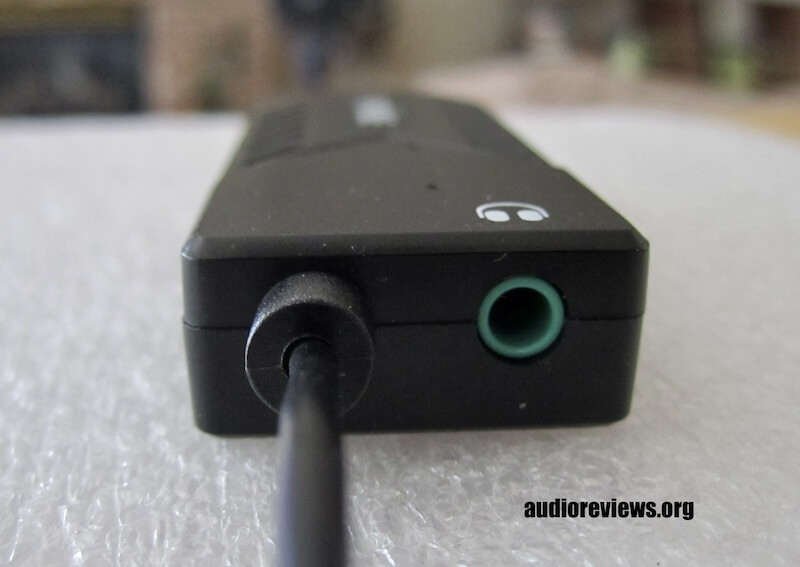
Sound
I connected the K053 to my MacBook Air using a USB-C adapter and recorded an audio file using QuickTime Player and an input sensitivity of 40%. The sound sample is not edited, it is like the computer recorded it. Make up your own mind how good the mic sounds.
Concluding Remarks
The Fifine K053 is a decent, basic Lavalier Lapel microphone that stands out of the pack by its ease of plug-and-play use. Its sound quality is good enough for video conferencing, dictation, or Skype calls. The price is right, too.
For serious podcasting or music recording, the company offers a plethora of dynamic and condenser microphones that require a stand already three times the price of the K053.
You get what you pay for.
Until next time…keep on listening!




